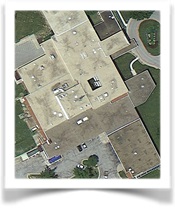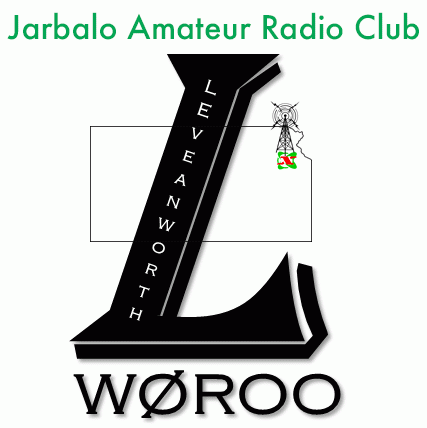System Architecture

The repeater system consists of three exterior mounted antennas. The receive antenna for both the UHF and VHF repeaters is mounted at the top of a 30′ tower and uses a hardline coax to the repeaters. The transmit antenna is a stand-alone configuration on its own 10′ mast about 30 feet away from the tower and is fed by 9913 coax to the radio repeater system in the top floor utility area. The VHF transmit antenna is located 1/3 up the tower. The UHF repeater system consists of a filtered receive line (the receive half of a duplexer) but no filter on the transmit line. The VHF repeater uses a 5-cavity filter configuration. Both repeaters are Yaesu DR-2X C4FM and FM repeaters. The UHF repeater is in full Automatic Mode Select (AMS). This means that whatever mode the repeater hears, that’s the mode it will transmit. The VHF repeater is AMS in but FM out. We will stay in this mode for a trial period then consider going to full AMS.
The UHF repeater has remote Wires-X and YSF Reflector connections to the internet. Anyone using C4FM can access Wires-X and connect the repeater to any Wires-X room or node worldwide. When not in use otherwise, the repeater defaults to the JARA Room. The JARA Room allows remote users to connect to our repeater via Internet and chat with folks in our area. Look for US-JARA on Pi-Star to access our repeater via the YSF Reflector.
Radios Supported
Radio operators inside St. John Hospital require only a small hand-held UHF transceiver on low power (.1 to 1 watt) and standard size small flexible antennas to access the repeater system. Their signals, relayed by the repeater can be heard and responded to by radio operators throughout the coverage area. The repeater operates at 50 watts which is ample power to provide full on-street communications throughout the coverage area. In-vehicle and in-home signal quality will vary by distance from the repeater, antenna used, materials around the distant party, and sensitivity of their receiver. Signal strength should be adequate for most communications in the coverage area. Signal attenuation by industrial buildings will significantly degrade communications to hand-held radio operators in those facilities as distance increases from St. John Hospital. Operators in the Leavenworth VA Hospital should have adequate signal throughout their facilities for hand-held radio use. Operators inside Munson Army Community Hospital will likely not be able to access the repeater except from upper floors on the south side of the building.
